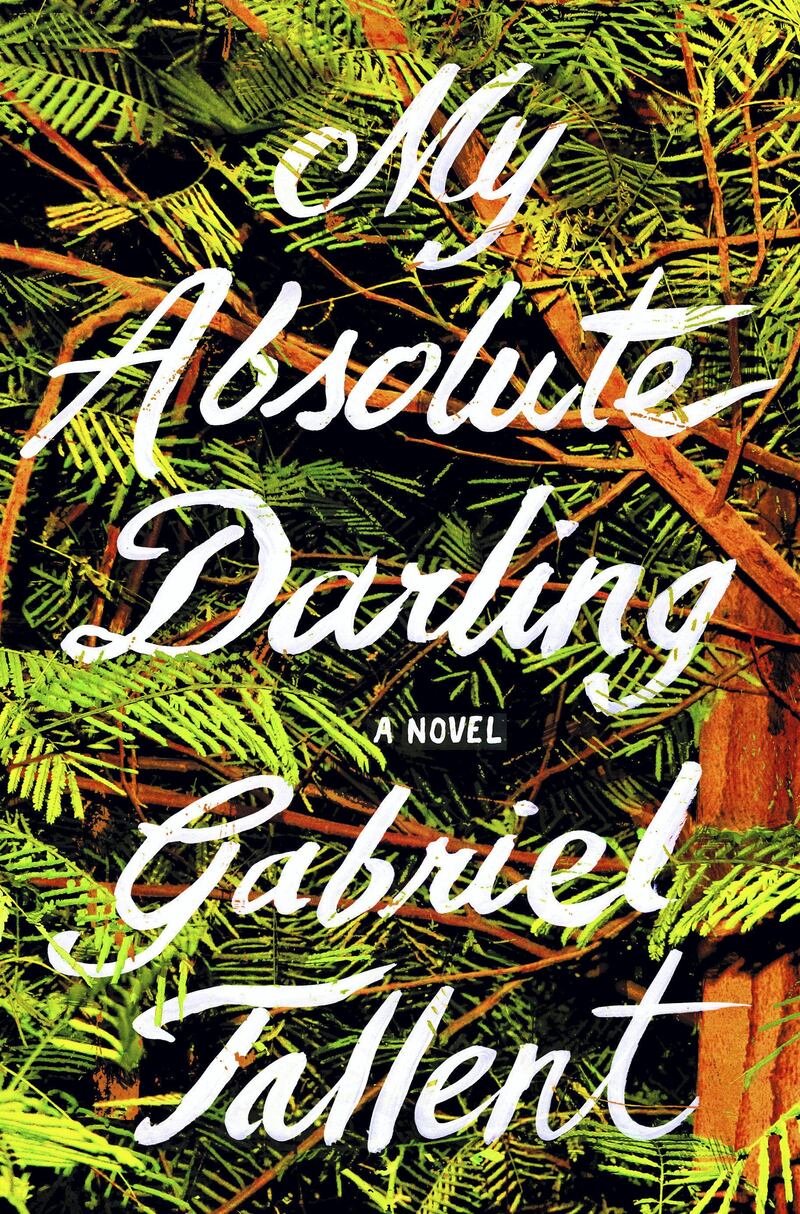This debut novel by New Mexico-born writer Gabriel Tallent arrives within a protective force field of hype. Garlanded with praise from influential voices in the publishing world and the bookseller community, it also comes embossed with seals of approval from awestruck writers. Celeste Ng devoured all 400 pages in one sitting. Stephen King considered it a masterpiece, one of those books such as To Kill a Mockingbird and Catch-22 "that we remember forever".
Despite the gushing endorsements, some readers will approach with sceptism. How many contemporary novels really are, to quote one blurb, "cancel-your-plans good"? However, 20 pages in, after meeting Tallent's two leads and absorbing his tones and textures, it is hard to deny the novel's artistic worth or resist its singular energy. Further on, once we have fully succumbed, it becomes clear My Absolute Darling is an absolute triumph.
Turtle Alveston is a 14-year-old girl who has had to grow up fast. Since the death of her mother, she has lived out in the wilderness of the Northern California coast with her abusive father Martin. He has raised her to adapt to isolation and distrust strangers, to know the lie of her land and fire guns to protect it, and to fear, love and respect him. At school, she has no friends and is slow at learning. Martin demands she knuckle down and pay attention. "If you stumble, they will take you away from me." If there is one lesson Turtle has learnt, it is to obey her daddy.
But one day she breaks all the rules by breaking free. On her travels she meets two lost backpackers, Brett and Jacob, who are alien to her, being silly, witty, imaginative, articulate, and from good families. They are fascinated by her. She sets them on the right path, follows them into their safe world and gets her first taste of friendship.
When Turtle finally heads back to her broken home (or "miscared for" house) she finds Martin gone. This enables her to spend more time with Jacob, and explore and enjoy her deepening feelings. But Martin's absence is only temporary. He eventually returns, bringing with him a 10-year-old girl called Cayenne. Both girls come to experience Martin's more violent mood swings and even tougher love. Soon Turtle realises that sticking around is no longer an option: "There is something in him. A flaw that poisons all the rest." The question is whether she can get out and save herself in time.
This is a big, brutal book full of coarse language, harsh threats and vile acts. Martin is a grotesque creation whose deliberate cruelty and misguided parenting can make for difficult reading. Tallent avoids turning him into a one-dimensional ogre by having him philosophise and soliloquise. When not losing himself in poker sessions, target practice and rigid disciplining, he takes in Hume or Descartes or vents his spleen on all that is wrong with the world. But then his demons return and send him into another terrifying rage. "You are mine," he growls at Turtle in one of the many electrifying scenes in the book.
If Martin is repulsive then Turtle is entrancing. She is a damaged wild child, so rough edged she is practically savage – eating raw eggs or live scorpions, stalking the coast with her bowie knife and gun, hating others and loathing herself.
"I am a girl things go badly for," she admits, before taking drastic action to save herself. Tallent stuns with scenes of almost unbearable intensity. Only after the gut-wrenching, high-tension denouement does the drama let up. In places we read breathlessly, wondering how Turtle can possibly overcome and survive.
And yet for all the assembled horrors, the novel contains great swathes of beauty in the form of rich and up-close descriptions of flora and fauna, landscape and seascape. Not since D H Lawrence has the turbulence, the rawness and the serenity of the natural world been so originally rendered. Tallent serves up long, thick, clustered passages which track terrain, map weather and capture the seasons but he also narrows his focus and dazzles with small bursts of incidental detail: "Lapped in a fold of denim, the tiny, tight-lipped pink urn and lipstick pedicel of a pygmy manzanita flower."
Turtle may not live up to Brett's expectations and become "the future shotgun-toting, chainsaw-wielding queen of America". Instead she emerges as one of the most vividly drawn and wholly sympathetic heroines in modern fiction. For once, believe the hype.
__________________________
Read more:
Lawrence Osborne on his latest novel and obsession with foreign places
[ My favourite reads: Felicity Campbell ]
[ British comic-book artist Liam Sharp on his career, DC or Marvel, and advice for his younger self ]
__________________________






